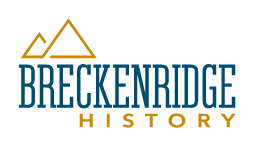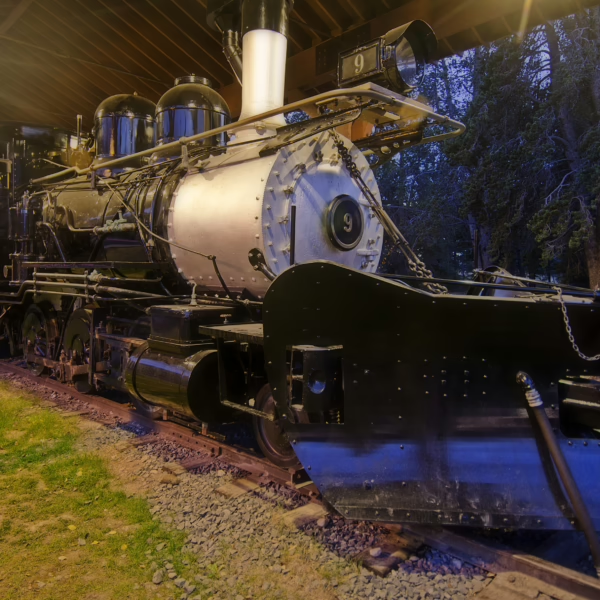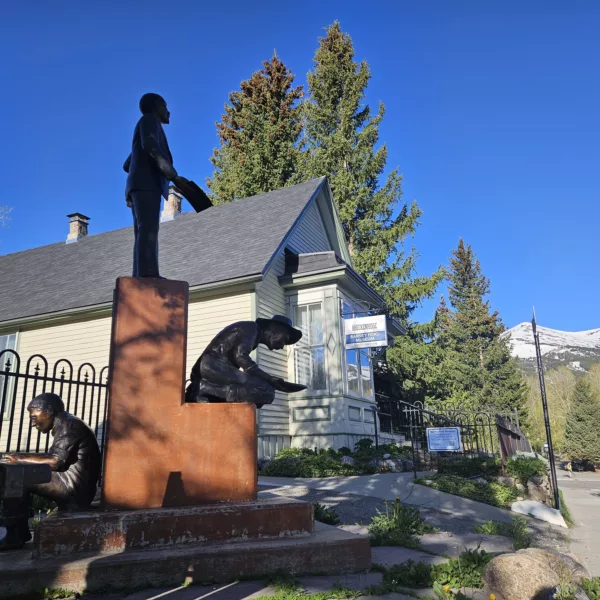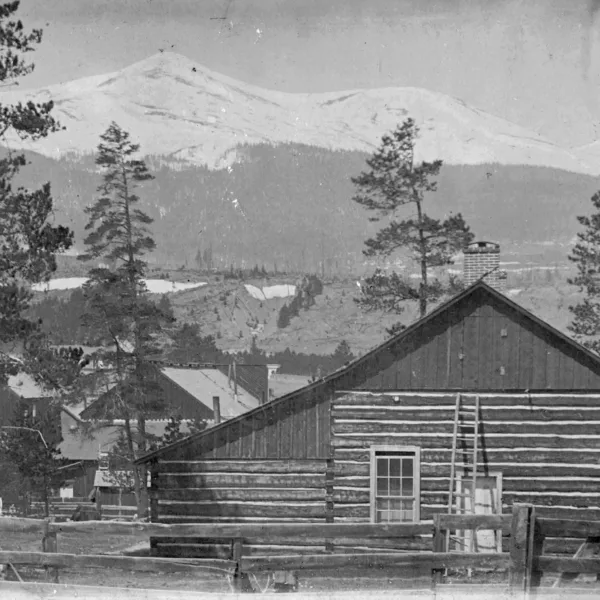Why We Collect: Nature and our mining history
April 19, 2023 | Category: Why We Collect
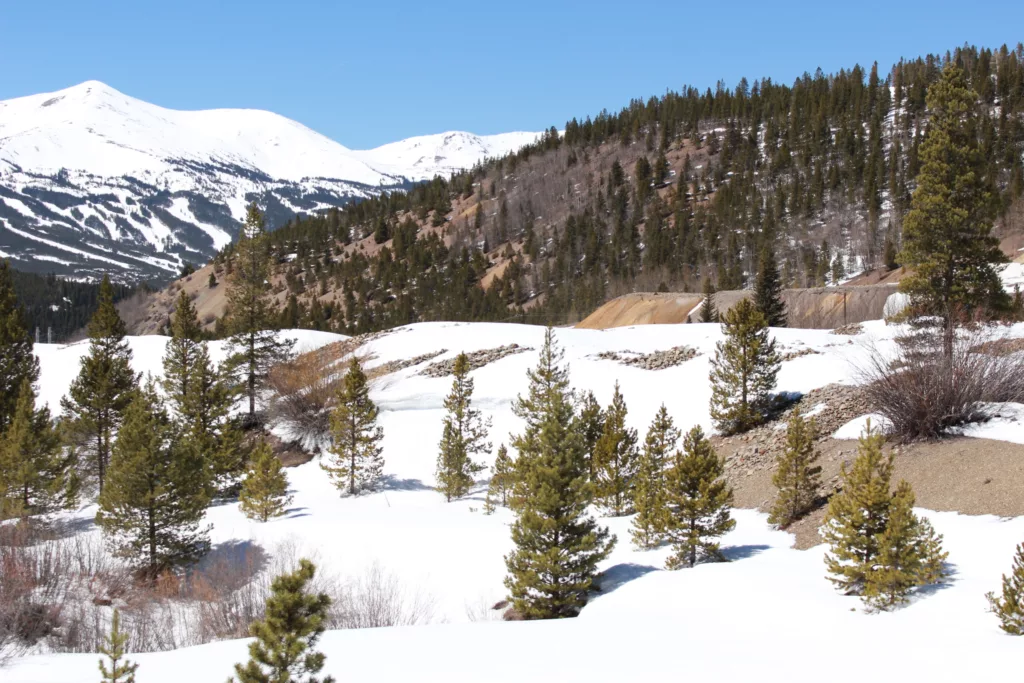
With our new website we want to better deliver history to our communities in a way that is engaging and exciting. As part of this effort, we’ve seen some things we’ve been doing well, but also areas where we can improve. Our blog posts are one area where we have been focusing a lot of time to make sure we’re telling as much of our history as we can.
Going forward, we have determined three categories to encompass all our blog posts: Our Collective History, Why We Collect, and Making History Happen. Over the next couple of posts, I’d like to share with you why we’ve made these decisions and how you’ll see these categories utilized on our website.
First, let’s look at Why We Collect. Everyone is a collector of something. Maybe you save tickets from all the movies you’ve been to, have drawers full of old family photos, or a head full of old stories you can recite on a moment’s notice. We also hold onto things from the hardest moments in our lives: prayer cards from a funeral service, the keys from that beautiful car you were driving when you took that curve a little too fast, or your grandma’s perfume bottles you found while cleaning out her house. While our stuff doesn’t define us, it does help to complete the picture. Beyond showing where we’ve been, what we collect shows what we value. The same is true for our communities as a whole.
Dredging Up The Past
April is Earth Month, and when we think about the natural environment in Breckenridge, we have to think about mining. Mines, dredges, and the communities around the industry drastically changed the landscape surrounding Breckenridge.
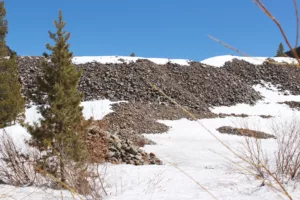
Maybe you remember your first trip into Breckenridge seeing those giant piles of rocks lining the road. They may have caught your attention or sparked your curiosity. The truth is, they are still there because they tell a story about our community.
They aren’t pretty. No one is stopping to get their Christmas card photo in front of those rock piles. So, what makes them special? These rock piles are tailing piles – remnants of our dredge boat history. They help us to visualize just how big of an effect dredge boats had on the landscape here. Just like your snow globe collection, they are a memento of our past, and our community decided they were worth saving.
When dredges first came into Breckenridge, the newspaper editor at the time warned against them. He believed they would leave a legacy the community would grow to regret. But they came anyway. Introduced in the Swan River valley by Ben Stanley Revett, the first dredges were nothing like those that followed. The first boats were too small and weak to be effective. As a result, they didn’t turn much of a profit.
However, by 1905, Revett found out that more power meant more money. He brought the Reliance Dredge into the French Gulch area, and quickly started turning a profit. In its first full season of operation, the Reliance netted a profit of $50,000.
This success led to a fleet of nine dredges tearing up the earth around Breckenridge until 1922. These barges were made of heavy timber and were enormous. They ran 24/7, pulling up rocks from the riverbed and leaving tailing piles in their wake. They were loud enough to shake buildings they passed by and force pictures from the walls. They became the white noise that put residents to sleep at night and the alarm clock that stirred them in the morning.
Given how much they disturbed the population and the ground, why did they keep operating? They were lucrative. From 1902-1915, it’s estimated dredges pulled $4.2 million worth of gold out of the ground near Breckenridge.
In French Gulch, Revett and his Reliance found themselves working in close quarters (and often against) Herman J. Reiling and his Reiling Dredge. The two dredges tore up the gulch, eventually taking everything they could from the land; the Reiling alone was capable of moving over 2,000 cubic yards per day.
In 1913, Reiling ran out of real estate and decided to move his dredge further upstream, but he needed to pass over Revett’s claim to do so. Reiling offered to split the profits with Revett in exchange for passage through his land, but Revett refused and Reiling was forced to disassemble his dredge in order to move it. By 1915, the Reiling was up and running again, and turning a profit, but again, the dredge started to turn through all its available land. Reiling turned his attention elsewhere beginning in 1921.
In 1922, the Reiling Dredge was purchased by another company in an effort to get it up and going again. However, in November 1922, the Reiling partially sank, leaving it to languish in a pond of its own making for the next 100 years.
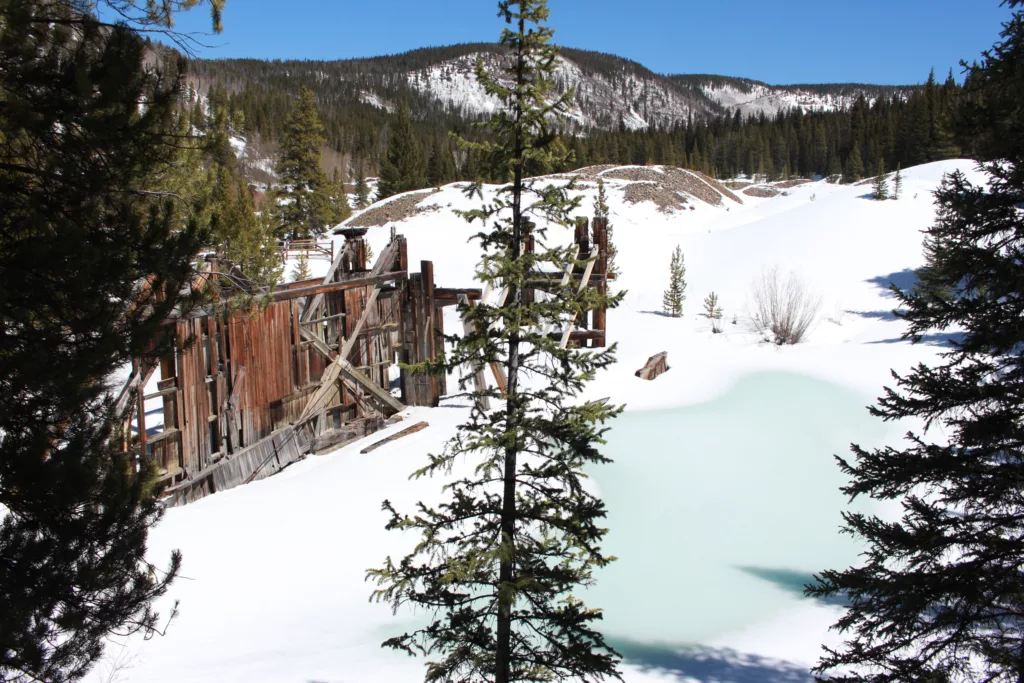
To Save Or Not To Save
In the interim, the dredge deteriorated in the elements. By the early 2000s, there were plenty of arguments about what to do with the dredge. Some wanted it to be reclaimed by nature, some wanted it to be saved. In the end, Breckenridge History believed the story the dredge had to tell made it worth saving.
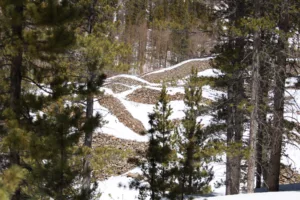 When you walk along the B&B Trail, you are surrounded by the natural environment, but just beyond the trail you can see the tailing piles peeking through the trees. When you get far enough up the trail, you come upon the Reiling Dredge in its pond. It presents a stark contrast to the environment around it and stands as a physical example of the mining industry’s encroachment into the natural world, but also as a marker of the advancement of Breckenridge as a town.
When you walk along the B&B Trail, you are surrounded by the natural environment, but just beyond the trail you can see the tailing piles peeking through the trees. When you get far enough up the trail, you come upon the Reiling Dredge in its pond. It presents a stark contrast to the environment around it and stands as a physical example of the mining industry’s encroachment into the natural world, but also as a marker of the advancement of Breckenridge as a town.
The introduction of mining marks a transition in Breckenridge’s history. That industry combined with the railroad helped define Breckenridge as a place for nearly 100 years between the first gold discovery in 1859 and the end of the mining era around the 1950s. Before the mining boom, Breckenridge’s future was uncertain, and after the miners left, Breckenridge’s future was uncertain. In fact, before the establishment of the Peak 8 Ski Area (present day Breckenridge Ski Resort), it wasn’t clear whether Breckenridge would have a future at all. If not for skiing, it may have become just another ghost town. Like many towns, our industries have helped to define our community. Going forward, it’s important for residents and visitors to understand these moments in time when things could have gone so differently. It’s important to see the objects that changed our history as the people who came before us would have seen them.
That is why Breckenridge History made the effort to save the Reiling Dredge. In 2012, fearing a collapse, bracing cables were added to the structure, but the decay continued. By 2015, the Reiling was added to Colorado Preservation Inc.’s Endangered Places list and more stabilization work was done. The stabilization project was completed in 2018, but it took another four years before the dredge was considered Saved by CPI standards. Why? Those tailing piles. CPI questioned whether the assurance of their preservation was key to the dredge site as a whole, and many in the community are unsure about saving them to this day. Even with the preservation of the piles in question, 100 years after its sinking, CPI designated the dredge as Saved in 2022.
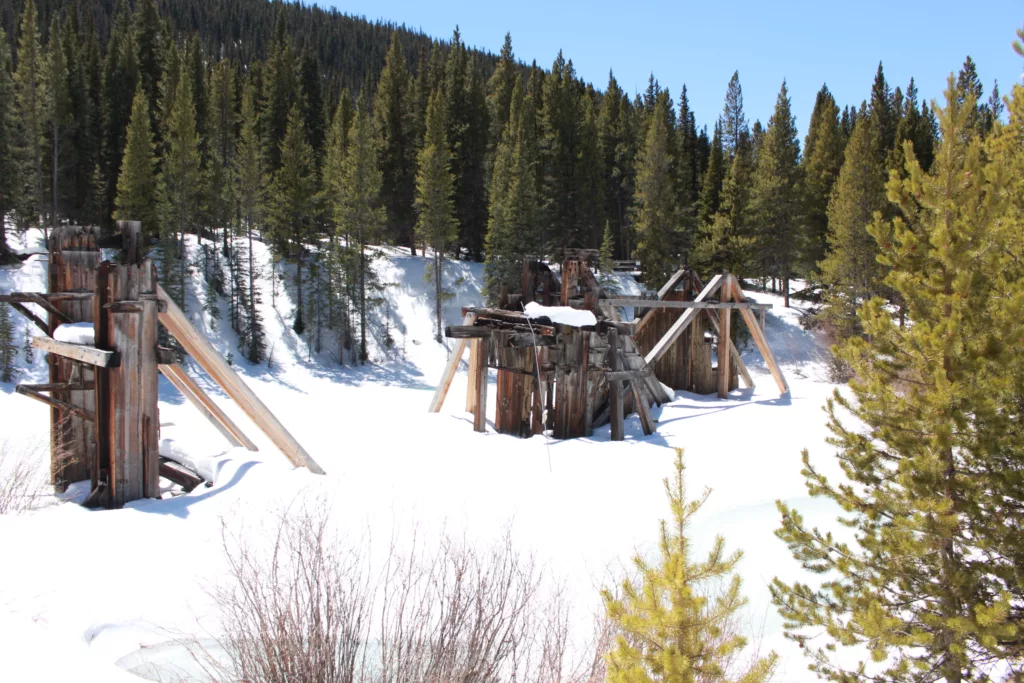 Preservation projects like this are Why We Collect. To be able to live in our history is a unique experience in Breckenridge and one we hope to preserve for generations to come. But our history and our collections go beyond the mining industry.
Preservation projects like this are Why We Collect. To be able to live in our history is a unique experience in Breckenridge and one we hope to preserve for generations to come. But our history and our collections go beyond the mining industry.
Our current exhibits at the Breckenridge Welcome Center exemplify the transitions Breckenridge has gone through. On the first floor, our current exhibit shows what life was like here before Breckenridge was even established. Created by the Aspen Historical Society, the Seasons of the Nuche exhibit looks at life for the Northern Ute people who first called this area home. Each season in the exhibit represents a different transition for the Northern Ute.
A quick trip upstairs will bring you forward a couple hundred years to Breckenridge’s contemporary history with the ski industry. From the first Ullr Dag through ski ballet and being a snowboard friendly area, Breckenridge has been a hub for creativity in the ski industry. But this exhibit really highlights Why We Collect with each story being told through an object. So, this spring, as you’re Marie Kondo-ing your way through your house, think about what your objects say about your past, and you might learn a little bit more about how they helped shape you.
